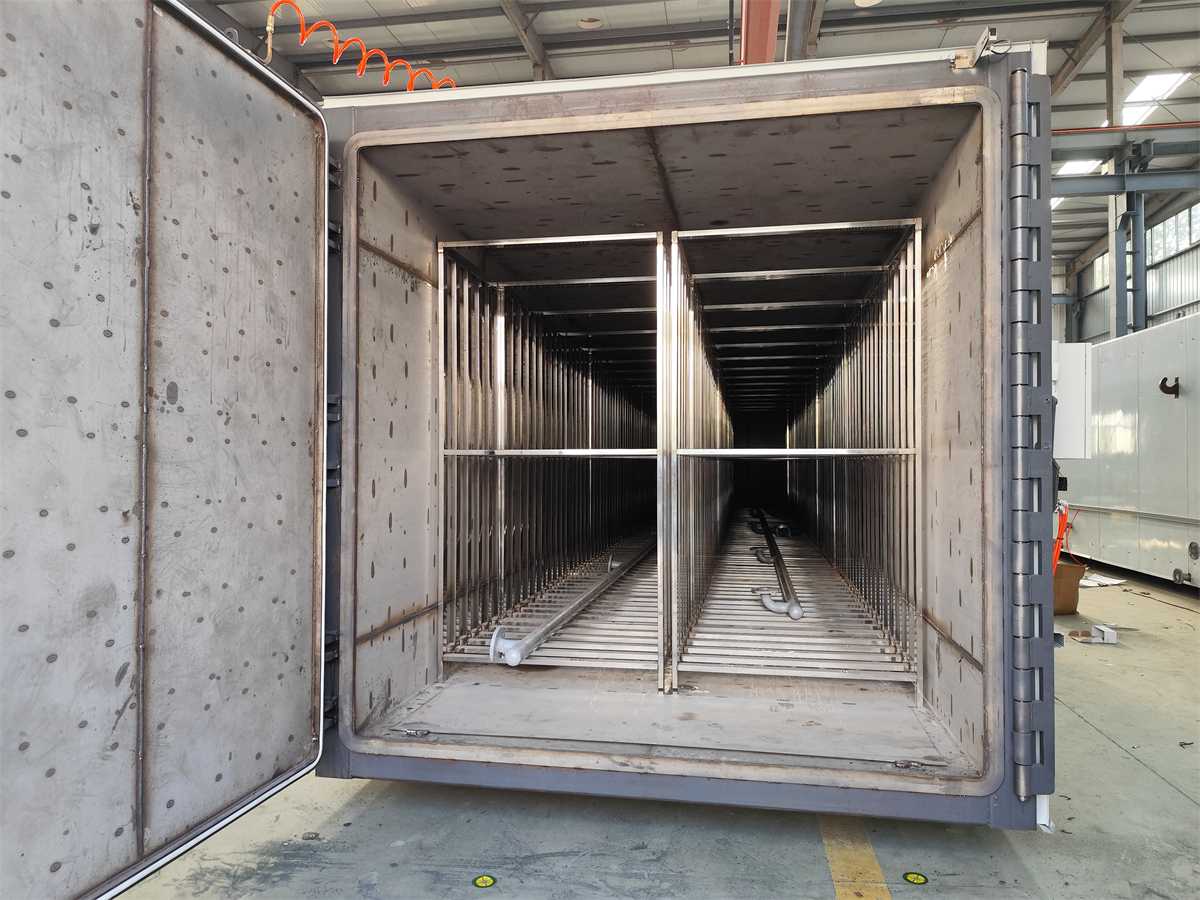The atmospheric pressure sterilization cabinet is a device used to sterilize substrates (such as culture media) for mushroom cultivation. It uses high-temperature steam at atmospheric pressure to eliminate harmful microorganisms, including bacteria, fungi, and viruses, creating a sterile environment for the pure cultivation of edible mushrooms.
Basic Principle
The device utilizes water vapor generated when water is heated to its boiling point (100┬░C). The high heat energy of steam denatures biological macromolecules like proteins and nucleic acids in microorganisms, disrupting their cell structures and physiological functions. The sterilization process requires maintaining a temperature of approximately 100┬░C for 8-12 hours, depending on the type, volume, and loading method of the substrate.

Structure and Components
Cabinet Body: Made from metal (stainless steel or carbon steel) with good sealing to prevent steam leakage. It features shelves for placing culture bags or bottles efficiently.
Heating System: Includes an external steam generator or boiler that delivers steam through pipes.
Temperature Control System: Equipped with thermometers or advanced sensors and controllers for precise temperature regulation.
Steam Circulation System: Ensures uniform distribution of steam and expels cold air for balanced internal pressure.
Drainage System: Disposes of condensate after sterilization through drainage outlets or automatic devices.
Operating Steps
Loading: Place the prepared substrate containers onto shelves, ensuring enough space for steam circulation.
Equipment Check: Verify the sealing, heating, and control systems.
Air Purge: Remove cold air by venting steam for 10-15 minutes.
Sterilization: Close the vents to circulate steam, maintaining the temperature at 100┬░C for 8-12 hours.
Cooling: Let the cabinet cool naturally to below 60┬░C before removing the substrates to prevent contamination.
Maintenance and Care
Cleaning: Remove residue and scale after each use with mild detergents.
Component Inspection: Regularly check and replace worn parts like sensors and valves.
Rust Prevention: Apply anti-rust coatings or agents to extend the cabinet's lifespan.








